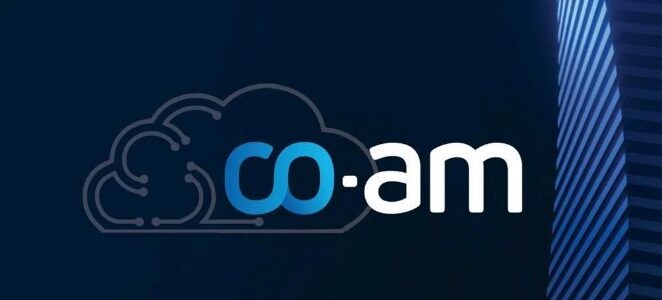5/12/22

With the ongoing pandemic and military conflicts negatively impacting supply chains worldwide, organizations are looking for new and efficient ways to transform and future-proof their supply chains.
Additive manufacturing (AM) has been recognized as an Industry 4.0 technology with the potential to increase supply chain agility by enabling on-demand distributed manufacturing to meet consumer and industrial demand. However, several financial and intangible hurdles still prevent organizations from fully adopting industrial 3D printing. These range from justifying capital investment for acquiring AM hardware, recruiting talent to deliver high-quality AM services, and navigating IT and compliance requirements to improving data security when doing day-to-day business.
With evidence that AM can help organizations save costs from part obsolescence, improve product performance, and de-risk manufacturing strategies — why aren’t more organizations turning to AM to future-proof their supply chains? We believe this can be explained by three main factors:
Here at Materialise, we’ve noticed that Fortune 500 businesses are turning to service bureaus and contract manufacturers to fill these gaps. With the rise of cybersecurity concerns, organizations are looking towards digital platforms to secure their digital thread and improve operational performance. This will improve collaboration and production deadline management across internal operations and trusted vendors.
There are tangible reasons to partner with AM specialists beyond the typical reasons of accessing AM capabilities and maximizing the capacity for outsourcing to service providers and contract manufacturers. Here are a few industry examples of how organizations are designing business models to support their needs with qualified partners:
AM allows organizations to develop creative solutions to support their unique business models. With limited human and capital resources, organizations are turning to innovative digital solutions to streamline and standardize their business processes to achieve scalable results. In return, this helps employees follow best practices developed by the organization to ensure manufacturing repeatability, on-time delivery, and achieve quality output across internal sites and external partners.
Recently, Materialise launched CO-AM, an open and agnostic software platform that gives manufacturers cloud-based access to a full range of software tools, allowing them to plan, manage, and optimize every stage of their AM operations.
The new CO-AM Vendor Management System (VMS) will help both AM-native and inexperienced AM organizations by offering the ability to strengthen their supply chain. Plus, CO-AM VMS will support organizations scale their operations sustainably by leveraging qualified vendors to support their unique business models.
As these organizations create new businesses by leveraging their know-how, they can take advantage of additional third-party solutions to streamline their operations with CO-AM VMS. For example, for spare parts and MRO programs by integrating part screening applications (i.e., Castor3D) and outsourcing parts to vendors for production. Meanwhile, to enable mass personalization, leveraging scan-to-print and browser-based configurators can support these initiatives.
At its core, CO-AM VMS centralizes incoming production requests, automates the routing of these jobs to contract manufacturing partners, and manages the communication between internal and external stakeholders.
By doing so, organizations get an end-to-end overview of the production process, which improves traceability and quality output. As CO-AM VMS is part of the Materialise CO-AM Software Platform, it’s possible to create an e-commerce portal for streamlining B2C order entry, produce a B2B ERP work order submission, or make a digital parts catalog to house validated SKUs. There’s even the ability to integrate VMS with our manufacturing execution system (MES) to have more visibility of shop floor activities.
With this in mind, our new CO-AM VMS helps organizations control costs, improve time efficiencies, and scale AM workflows — no matter the industry or the company’s familiarity with AM.
Article from our partner Materialise